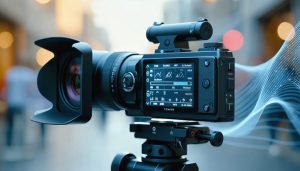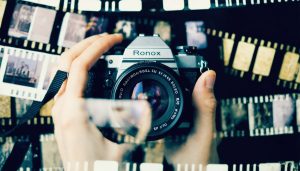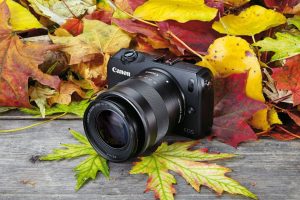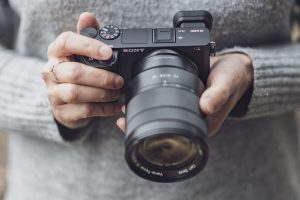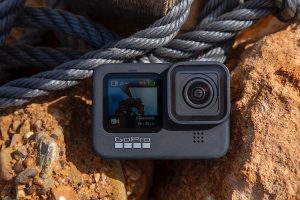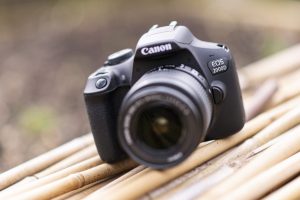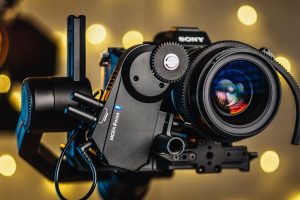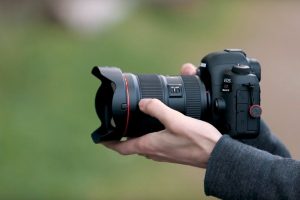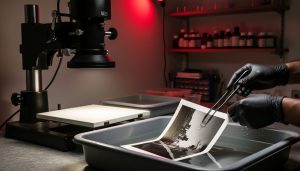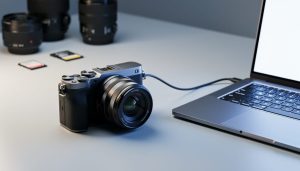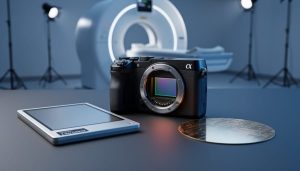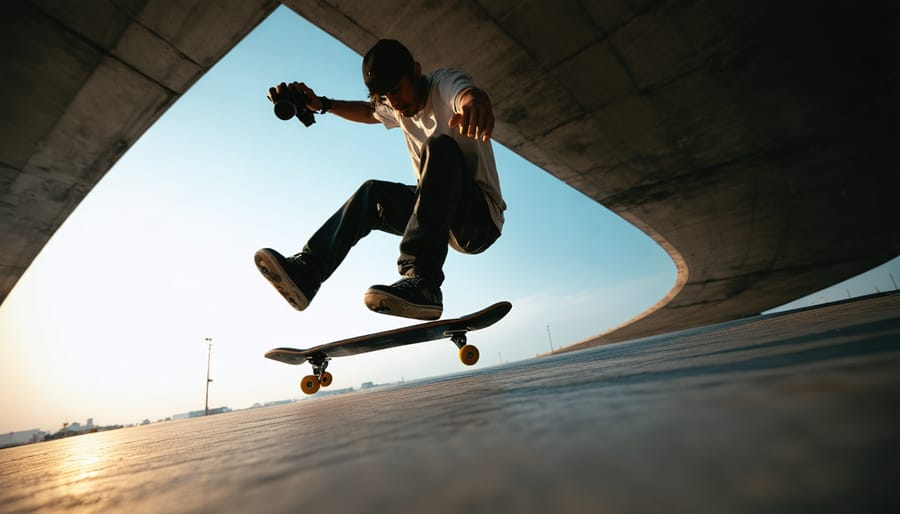
Dynamic camera angles transform ordinary shots into compelling visual stories, turning static moments into dynamic narratives that captivate viewers. In action photography, mastering these angles isn’t just about technical skill—it’s about anticipating movement, understanding perspective, and crafting images that pulse with energy.
From the dramatic impact of a low-angle shot that makes athletes appear larger than life, to the intimate storytelling power of an over-the-shoulder perspective that puts viewers right in the action, dynamic camera angles serve as the photographer’s secret weapon in creating unforgettable images. These techniques transcend basic composition rules, allowing photographers to manipulate spatial relationships, create depth, and guide the viewer’s eye through the frame with precision and purpose.
Whether you’re shooting sports events, wildlife in motion, or street photography, understanding how to leverage different camera positions can elevate your work from simple documentation to artistic expression. The key lies not just in knowing where to position your camera, but in understanding how each angle affects the emotional impact of your images and connects with your audience on a visceral level.
As we explore these powerful techniques, you’ll discover how to move beyond the predictable eye-level shots and create photographs that don’t just capture moments—they tell stories that resonate and inspire.
Understanding Dynamic Camera Angles
The Psychology Behind Angular Shots
Angular shots tap into our primal instincts and emotional responses, making them powerful tools for storytelling in action photography. When we view an image shot at a dramatic angle, our brains naturally work to reorient the scene, creating an immediate sense of engagement and tension.
Low-angle shots, where the camera points upward at the subject, naturally convey power, dominance, and heroic qualities. This perspective makes athletes appear larger than life and can transform an ordinary action sequence into an epic moment. Conversely, high-angle shots looking down can create a sense of vulnerability or isolation, perfect for capturing the mental strain of endurance sports or solo achievements.
Dutch angles, where the horizon is intentionally tilted, trigger our innate sense of unease and excitement. This psychological response stems from our natural inclination toward level horizons, making tilted compositions particularly effective for conveying dynamic motion and intense action moments.
The key to mastering angular shots lies in understanding their emotional impact and using them purposefully. Rather than applying dramatic angles randomly, consider the story you want to tell and the emotional response you want to evoke in your viewers.
Static vs. Dynamic: The Critical Difference
Picture two scenes: a mountain climber frozen in a classic profile shot versus the same climber captured from below, muscles straining, with the peak looming dramatically overhead. This contrast perfectly illustrates the difference between static and dynamic camera angles in photography.
Static angles, typically shot at eye level and straight-on, serve their purpose in documenting moments but often lack the emotional punch that makes images memorable. Think of traditional passport photos or standard group shots – they get the job done but rarely excite.
Dynamic angles, on the other hand, challenge viewer expectations by introducing unusual perspectives. A low angle shot of a basketball player mid-dunk creates a sense of power and dominance. Similarly, shooting down at a skateboarder from above can emphasize the height and risk of their trick, adding an element of drama that a straight-on shot simply can’t capture.
The key difference lies in viewer engagement. Static angles present information, while dynamic angles tell stories. They invite viewers to experience the scene from unexpected vantage points, creating images that not only document but also evoke emotional responses.
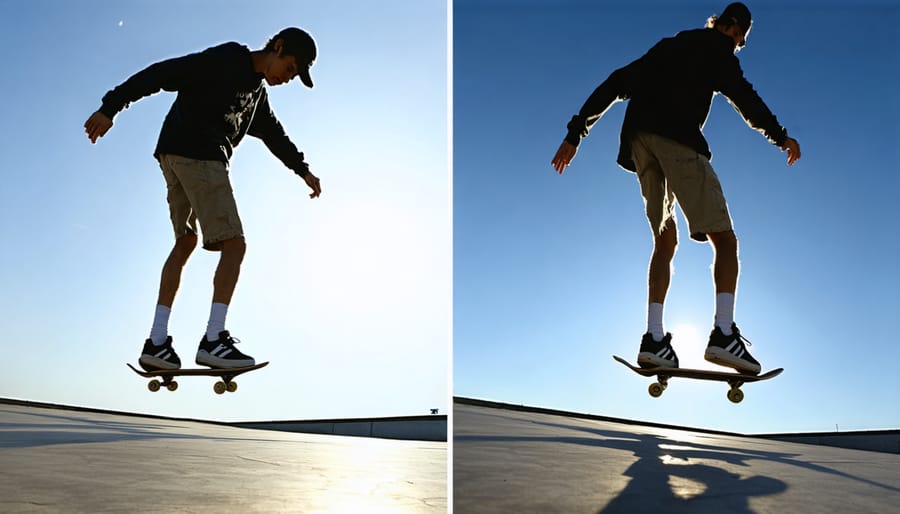
Essential Dynamic Angle Techniques
Low-Angle Power Shots
Low-angle shots are powerful tools for creating dramatic, imposing images that emphasize strength, dominance, and grandeur. Position your camera near ground level, pointing upward at your subject to execute this technique effectively. This perspective naturally makes subjects appear larger and more commanding, perfect for architectural photography, portraits of authority figures, or action sports.
To capture compelling low-angle shots, stabilize your camera either by lying on the ground or using a flat surface. A tilting LCD screen can be invaluable here, saving you from uncomfortable positions while maintaining precise composition. Consider using a wide-angle lens to emphasize the sense of scale and create leading lines that draw viewers into the image.
Timing is crucial when shooting from low angles. This perspective works best when your subject is positioned against interesting backgrounds like dramatic skies or architectural elements. Be mindful of harsh lighting – shooting during golden hour can add warmth and depth to your low-angle compositions.
For maximum impact, experiment with different heights and angles. Even slight adjustments in camera position can dramatically change the mood of your image. Remember that extreme low angles can distort facial features in portraits, so adjust your position based on your creative intent and subject matter.

Bird’s Eye Perspectives
Capturing action from above can create stunning, unique perspectives that set your photography apart. To achieve safe and effective bird’s-eye shots, start by securing a stable elevated position. Whether you’re using a drone, shooting from a balcony, or working with a boom arm, always prioritize your safety and equipment security.
For indoor venues, scout locations beforehand to identify optimal shooting positions like catwalks or upper-level seating. When using a drone, familiarize yourself with local regulations and maintain visual contact with your aircraft at all times. Consider using a wide-angle lens to capture more of the scene, but be mindful of distortion at the edges.
Timing is crucial for overhead shots. Watch for patterns in movement and anticipate peak moments of action. Use continuous autofocus and burst mode to ensure you don’t miss the perfect moment. To minimize camera shake when shooting handheld from elevation, maintain a stable stance and use a fast shutter speed.
Remember to communicate with event organizers and other photographers when positioning yourself above the action. This ensures everyone’s safety and helps you get the clearance needed for the best possible shots.
Dutch Angle Mastery
The Dutch angle, also known as the Dutch tilt or canted angle, is one of the most powerful tools in a photographer’s creative arsenal for adding psychological tension and dynamic energy to action shots. By deliberately tilting your camera off its horizontal axis, you create a sense of unease or excitement that perfectly complements intense moments.
To master this technique, start with a modest 10-15 degree tilt and experiment with different angles until you find what works for your scene. The key is to ensure the tilt serves a purpose – it should enhance the action rather than distract from it. For example, when photographing skateboarding tricks, tilting the camera in the direction of the rider’s movement can amplify the sense of motion and gravity-defying action.
Remember that Dutch angles work best when they’re motivated by the subject matter. Use them to emphasize diagonal lines in your composition, highlight unstable situations, or create a sense of psychological disorientation. In action sports photography, try timing your Dutch angle shots with peak moments of tension – like when a mountain biker launches off a jump or when a climber reaches for a crucial hold.
Practice is essential, as finding the right degree of tilt can be the difference between a powerful image and one that feels awkward or forced.
Following the Action
Following moving subjects while maintaining dynamic angles requires a combination of technical skill and physical coordination. Start by mastering your action camera settings to ensure sharp captures, particularly focusing on continuous autofocus and appropriate shutter speeds.
Position yourself strategically by anticipating your subject’s movement path. Rather than chasing the action, try to find spots where you can pivot smoothly as your subject moves through the frame. Using a monopod can help maintain stability while allowing necessary flexibility for tracking shots.
Consider incorporating high-speed photography techniques when following fast-moving subjects. Practice panning movements to keep your subject sharp while creating a dynamic motion blur in the background. Remember to keep your feet planted and rotate from your hips, maintaining a stable core while swiveling smoothly.
For more complex movements, try pre-walking your tracking path to identify potential obstacles and ensure smooth movement. When possible, use burst mode to capture multiple frames, increasing your chances of getting that perfect dynamic shot while maintaining your chosen angle.
Equipment and Safety Considerations
Must-Have Gear
Capturing dynamic angles safely and effectively requires a well-thought-out gear setup. First and foremost, invest in a sturdy tripod with a fluid head – this combination provides stability while allowing smooth panning and tilting movements. Look for models with adjustable leg angles and a center column that can be positioned horizontally for low-angle shots.
A quality camera cage or rig system adds mounting points for accessories and provides additional protection. When shooting from unusual angles, electronic stabilization and motion tracking features can make a significant difference in image quality.
For elevated shots, a monopod with feet offers more mobility than a tripod while maintaining stability. Consider investing in a remote shutter release or smartphone camera control app to trigger your camera safely when shooting from challenging positions.
Safety equipment is non-negotiable: grab a sturdy camera strap, non-slip rubber grip attachments, and if you’re shooting in wet conditions, weatherproof camera covers. For low-angle shots, knee pads and a small ground pad will protect both you and your gear.
Don’t forget about storage solutions – a comfortable camera backpack with proper padding will help you carry your equipment safely while maintaining easy access to your gear when you need to quickly change positions or angles.
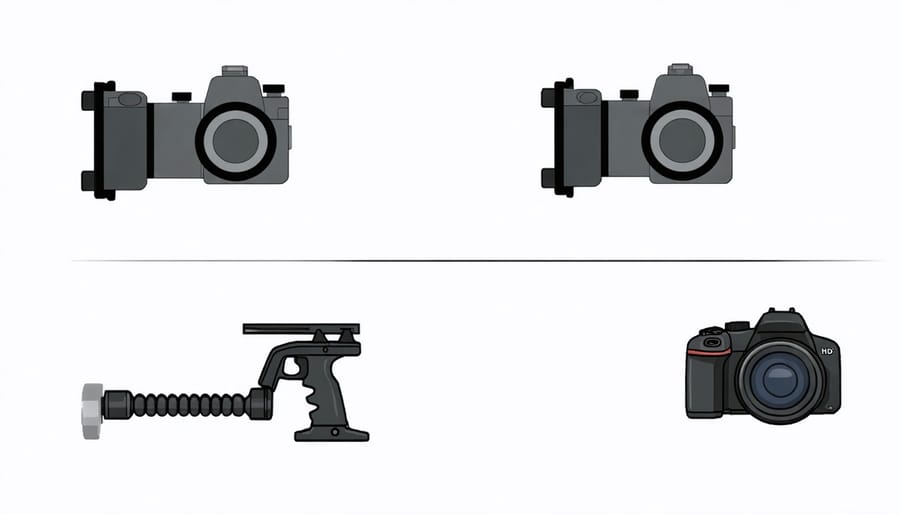
Safety First
While dynamic camera angles can create stunning images, they should never come at the expense of safety. Always assess your shooting location thoroughly before attempting unusual angles. When working from elevated positions, ensure you have stable footing and use appropriate safety equipment like harnesses when necessary. If you’re lying on the ground for low-angle shots, wear high-visibility clothing and ensure you’re visible to others in the area.
Equipment security is equally crucial. Always use camera straps and ensure your gear is properly attached to tripods or mounting systems. When shooting in crowded spaces or near moving subjects, maintain awareness of your surroundings and establish clear communication with your subjects and any assistants.
Weather conditions can significantly impact safety. Avoid shooting from precarious positions during rain or strong winds. If you’re working with artificial lighting, keep cables organized and secured to prevent tripping hazards. When shooting in public spaces, obtain necessary permits and inform relevant authorities about your activities.
Remember that getting the perfect shot isn’t worth risking injury. If an angle feels unsafe, trust your instincts and find an alternative approach. Consider using tools like remote triggers or camera poles to achieve unique perspectives while maintaining a safe distance from potentially dangerous situations. Always carry emergency contact information and basic first aid supplies, especially when shooting in remote locations.
Common Mistakes and Solutions
Composition Errors
Even experienced photographers can stumble into common composition pitfalls when working with dynamic camera angles. Understanding these errors and knowing how to correct them will significantly improve your action shots. Let’s explore some frequent mistakes and their solutions.
One of the most common errors is cutting off crucial elements of the subject. When shooting from dramatic angles, it’s easy to become so focused on the creative perspective that you accidentally crop out essential parts of the action. Always check your frame edges before shooting and ensure you’ve captured the complete movement sequence.
Another frequent mistake is misaligned horizons, particularly when shooting from low or high angles. While creative composition techniques sometimes call for tilted horizons, unintentional slanting can make your images look amateur. Use your camera’s built-in level or grid overlay to maintain straight lines when needed.
Photographers often struggle with cluttered backgrounds when shooting from unique angles. What looks clear to the eye might create visual confusion in the final image. Take a moment to scan the entire frame for distracting elements and adjust your position accordingly.
Lastly, avoid the temptation to always shoot from extreme angles. While dynamic perspectives can create impact, sometimes a subtle shift in camera position is all you need. The key is finding the right balance between creativity and effective storytelling.
Technical Challenges
Shooting at dynamic angles presents several technical hurdles that photographers need to overcome. One of the most common challenges is maintaining proper focus, especially when shooting from low or high perspectives. The autofocus system might struggle to lock onto subjects due to unusual composition angles, making manual focus adjustments sometimes necessary.
Exposure metering can also become tricky when shooting from extreme angles. Strong backlighting or dramatic shadows can fool your camera’s light meter, requiring exposure compensation or manual exposure settings. A good practice is to check your histogram frequently and bracket your shots when dealing with challenging lighting conditions.
Camera stability becomes crucial when working with unconventional angles. Using a sturdy tripod with a fully articulating head helps, but sometimes you’ll need to get creative with support. Bean bags, mini tripods, or even stabilizing your camera against stable objects can help prevent camera shake.
Weather and environmental conditions add another layer of complexity. When shooting from ground level, you’ll need to protect your gear from moisture and dirt. For elevated shots, wind becomes a significant factor, potentially causing camera movement and reducing image sharpness.
Lens distortion is another consideration, particularly when shooting with wide-angle lenses at extreme angles. Understanding how to correct perspective distortion in post-processing, or choosing the right focal length for your shot, can help maintain natural-looking proportions in your final images.
Dynamic camera angles are more than just technical choices – they’re powerful tools that can transform ordinary action shots into compelling visual stories. By experimenting with different perspectives, heights, and movements, you can create images that truly capture the energy and emotion of the moment. Remember that mastering these techniques takes practice and patience, but the results are worth the effort.
Don’t be afraid to break conventional rules and try unexpected angles. Whether you’re shooting from ground level, incorporating Dutch angles, or following the action with smooth panning shots, each perspective offers unique opportunities to showcase your subject. Start with the fundamental techniques we’ve covered, then gradually push your creative boundaries.
Keep practicing, analyzing your results, and refining your approach. The most memorable action photographs often come from photographers who weren’t afraid to take risks and develop their unique style. Now it’s your turn to get out there and start creating dynamic images that tell powerful stories through innovative camera angles.




